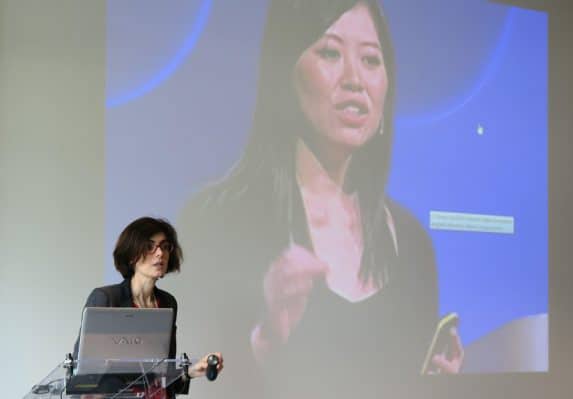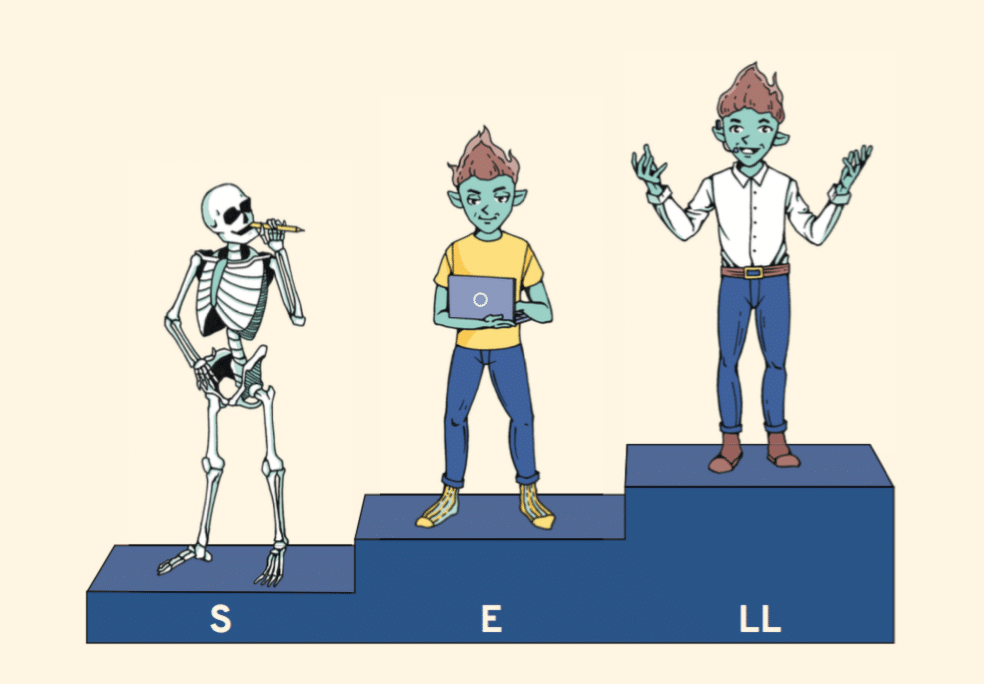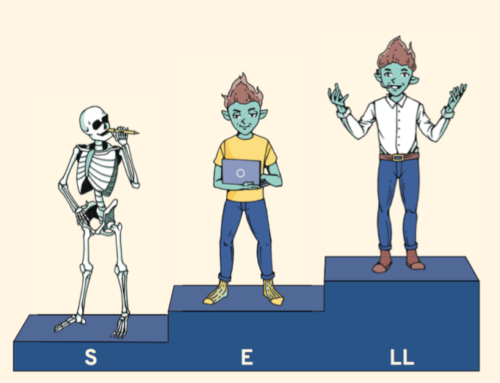Hooks:
ask a question
Why should we use a hook? Why bother trying to get the attention of an audience who, regardless, is listening anyway? Well, firstly, you should never assume that your audience is listening. There a probably other subjects that they are preoccupied with. And if you don’t watch out, they may just switch off… that’s the point of hooking an audience: their attention is worth it. In case you haven’t noticed we started this subtitle with a question, exactly the type of hook that we want to illustrate.

“What is the last thing that you did for someone close to you without them requesting? Then there’s my next question, would you have still done it had they asked you to?”
During the “My thesis in 180 seconds” competition at Université Paris-Saclay, Estelle Gandillot-Nicolas used these questions to introduce her pitch. It was a simple way to open a talk about her thesis subject: the impact of incentivising businesses to carry out social responsibility activities linked to handicaps in France. It’s not so easy to understand that sentence is it?
The candidate reformulated her question to explain her research, “do businesses carry out more actions for the good of society when they decide to do it voluntarily rather than being pushed to”. That’s much clearer and makes us want to hear more!
Guy Deniau, from CEA Saclay, also opted for a question to hook his audience during his presentation for the Fibre Innovation Prize at OpticsValley. On this occasion, the 10 candidates had taken our pitch training course to help them best present their innovation in 3 minutes.
Of them, the future winner started this popularisation exercise with a question: “which is the most common surgical procedure carried out in the world?”.
Instinctively, what would you reply? Appendicitis? Wisdom teeth? The correct response is the cataract. There you go. Very quickly, Guy managed to make us understand the importance of his innovation that will improve an operation carried out over 1 million times a year in France.
A hook of this type, again for the Fibre Innovation Prize, was used by Gildas Chauvel from HGH to start his 3-minute pitch: “who here has ever dreamed of having eyes on the back of their head? Or to be able to see in the dark? Or through fog?”
For this project lead who had come to present an innovation in surveillance systems, these questions got straight to the point.
But, be careful! To be efficient, a hook doesn’t just have to be surprising or amusing. It must serve the purpose of delivering the message of the presentation. It’s a two-in-one formula: I grab the attention of my audience, then I get straight to the point. After a “question” hook, you can let your audience respond to you. Except if there are too many of them or if you want to respond for yourself. In this instance, it’s a rhetorical question. We advise that after posing a question, you leave two or three seconds of silence. As such, science communication has no need to be boring. So, why not give it a try?








